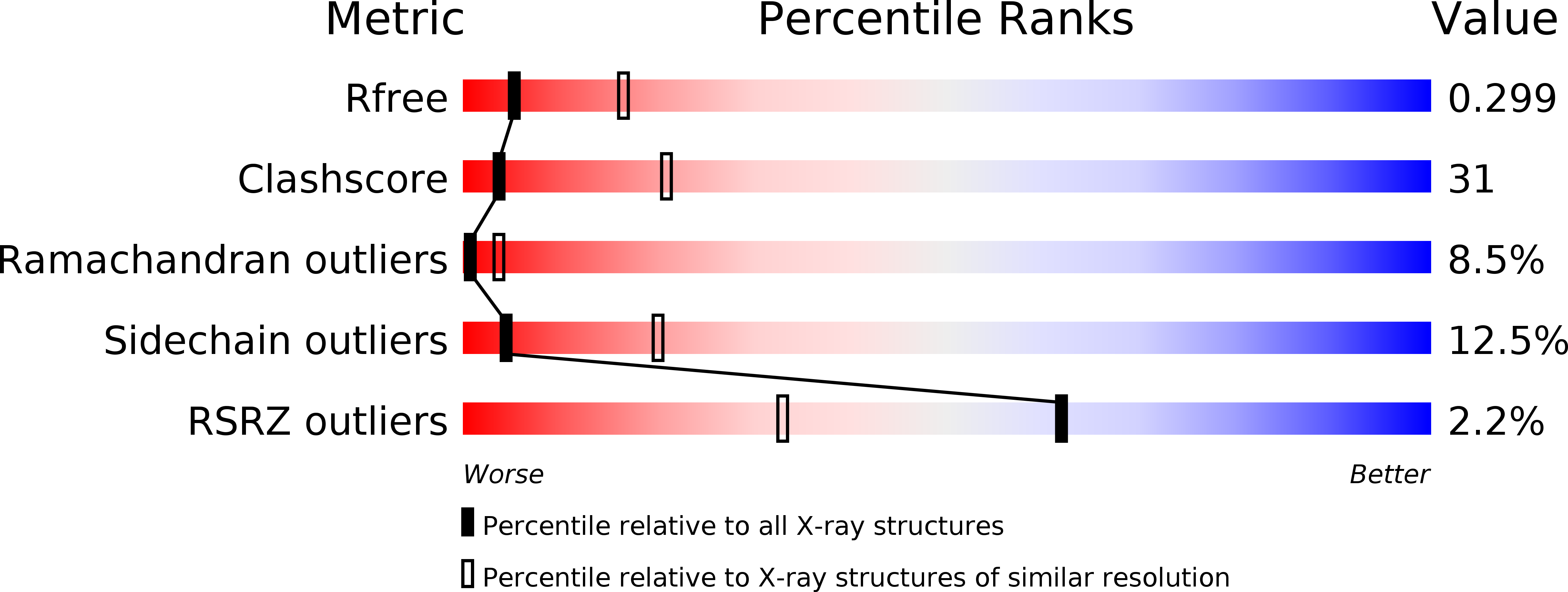
Deposition Date
2002-09-05
Release Date
2003-02-04
Last Version Date
2024-02-14
Entry Detail
PDB ID:
1MO2
Keywords:
Title:
Thioesterase Domain from 6-Deoxyerythronolide Synthase (DEBS TE), pH 8.5
Biological Source:
Source Organism:
Saccharopolyspora erythraea (Taxon ID: 1836)
Host Organism:
Method Details:
Experimental Method:
Resolution:
3.00 Å
R-Value Free:
0.28
R-Value Work:
0.24
R-Value Observed:
0.24
Space Group:
P 21 21 21


